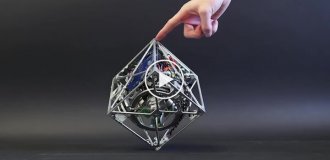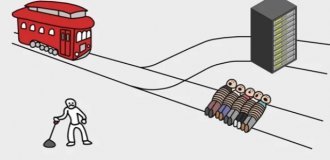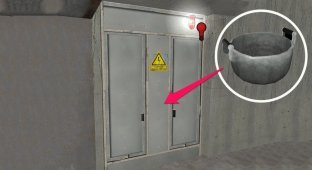How to make such small balls for ballpoint pens (7 photos)
The idea of equipping a writing instrument with a ball mechanism first arose in 1888 from the American inventor John Lowd. According to legend, one day he saw a ball rolling through a puddle, leaving a wet trail behind it, after which he decided to do something similar to mark grocery bags and boxes. 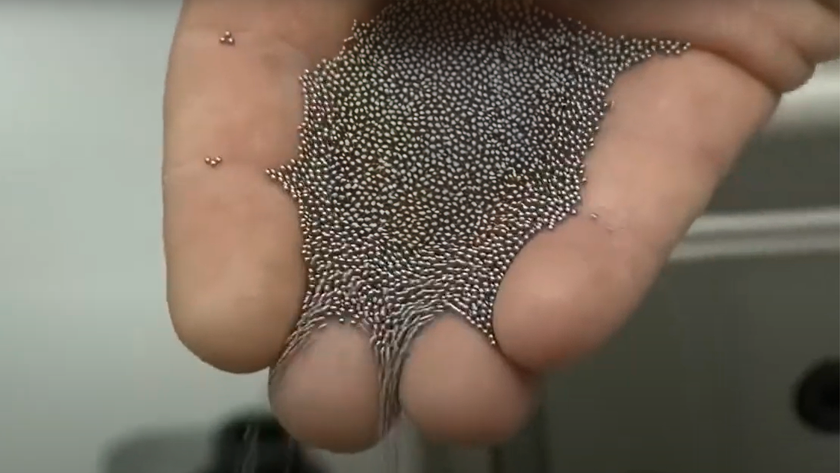
The inventor equipped a paint can with a spring-loaded ball and, without realizing it, made the first analogue of a ballpoint pen. True, due to the low technological development of those years, Lowd’s business never went further than marking bags.
An analogue of a modern ballpoint pen was first created only almost half a century later by the Hungarian journalist Laszlo Biro. It was Biro who was the first in the world to come up with the idea of using an ink rod instead of a sharp pen tip, and equipped it with a freely rotating ball at the end. 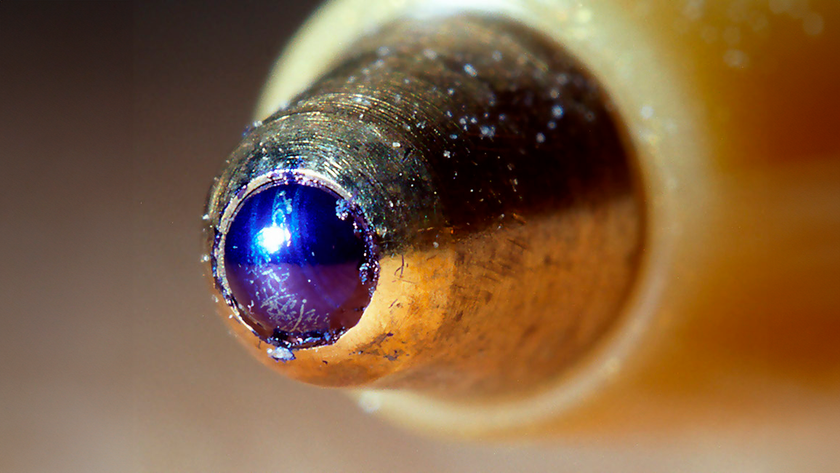
However, the ideal handle was still far away. The first prototypes of Biro pens flowed, did not supply ink well, and they had to be written strictly vertically. But the inventor did not lose heart. He knew that the key to creating the perfect pen lay in the ball at the end of the shaft. And now, almost seven years later, at the international exhibition in Budapest in 1938, he showed the public a fully working prototype of a ballpoint pen, and forever changed the writing industry. So how are such tiny balls made?
How to make ballpoint pens
If you take a close look at the tip of your ballpoint pen, you will probably be puzzled by how manufacturers manage to make such tiny, yet perfectly round balls. Well, you might be surprised, but in fact, this process is not much different from the production of chewing gum or corn flakes. 
Both of them use the extrusion method, in which the plastic mass is forced through forming holes to obtain the desired configuration of products. The only difference is that in the case of balls, tungsten carbide powder is used as this mass. This material is almost 10 times harder than steel, making it ideal for ballpoint pens.
First, the powder is immersed in a molding machine, where it is sintered under the influence of high temperature. Then the resulting mass is passed through an extruder under high pressure. Such a press, one of the sides of which has holes with a diameter of only 1 millimeter. 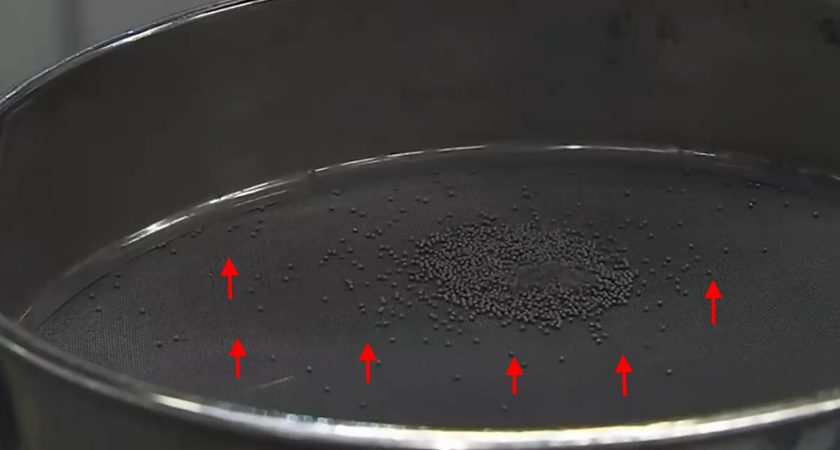
The output is almost fully formed balls. However, they are still not suitable for writing. To remove all flaws, the balls are placed in special disk matrices, the surfaces of which have coaxial radial grooves. 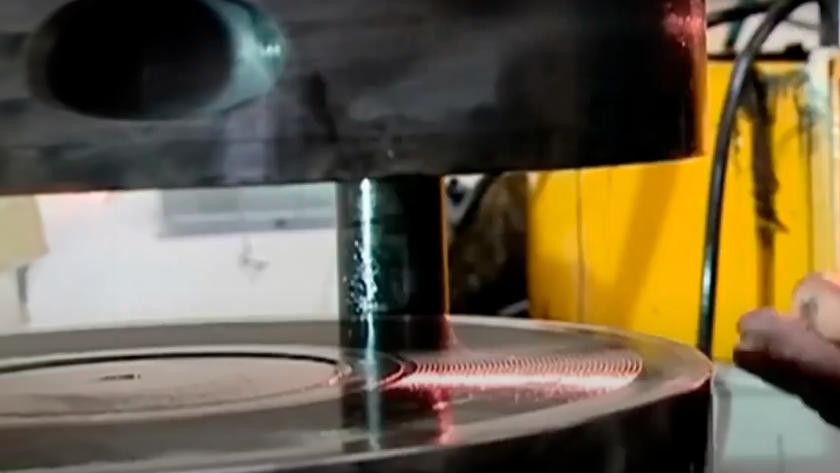
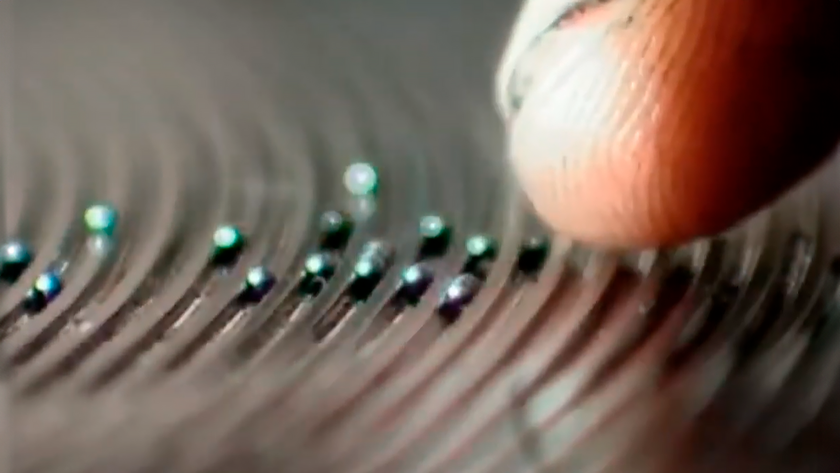
Here, under the influence of centrifugal forces, the balls are polished until they turn into perfect spheres. And to speed up this process, diamond paste is added between the discs. 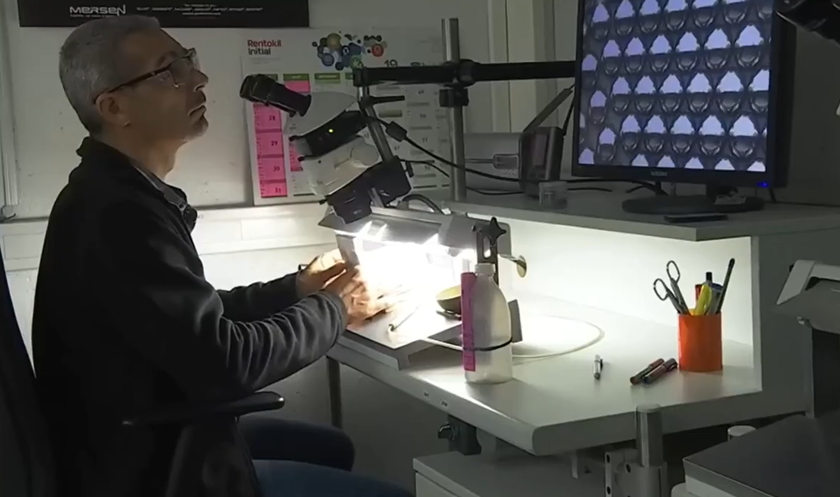
At the last stage, the balls undergo visual quality control. Small samples are taken from the batch and carefully examined under a microscope for possible defects. If even 1 out of 5000 balls turns out to be imperfect, the entire batch is rejected.




